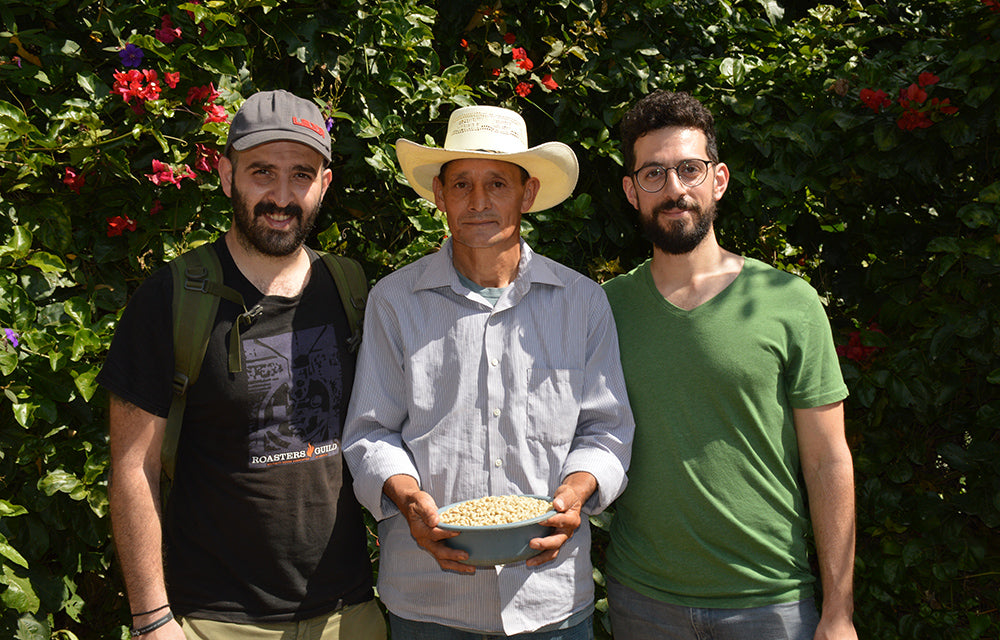In India coffee needs its shadow!
The journey of Dimello coffee to India
The coffee trees of India grow among rubber trees, peppers, areka nuts and more.
One could say that coffee lives in the shadow of other trees. But its result is so unique that it overshadows whatever is beside it. To describe coffee trees one must imagine large green umbrellas. The trunk reaches up to one and a half meter and from that point on it opens just like an umbrella. This is a factor that makes harvesting quite difficult, as one must get under the tree and “milk” the fruit.

Coffee trees are very thirsty!
Upon reaching one of the largest coffee farms, we did not find an automatic irrigation system, except in a small part, and that is when we realized that in order to achieve a good result you have to be very inventive.
The soil is shaped in such a way and employs specific facilities so that rain water is exploited to the maximum. So, ponds and tanks are created, which “hold” the water in place. Therefore, aridityis avoided, which is the greatest enemy of high-quality coffee.

In the same way, exemplary management takes place at the washing stations. From there, the waters are redirected with pumps to large tanks and then are led to places where trees grow.
At the roots of the trees, toxic substances of the sewage are broken down, thus filtering and cleaning the aquifer. When living under such conditions, you need to be very imaginative to help the economy of nature.



Life on the coffee farms
The farm previously mentioned has comparatively better organization in accommodating the workers and their families, as well as in educating the children.
The owner has even built a day care center. When we visited them our eyes were filled with images and our hearts with overwhelming feelings upon meeting the children. Their faces glowed when we gave them the gifts we had with us and we once again understood how important human contact is.


We also saw a two-storey school with 6-7 classrooms as well as the workers’ houses. The old ones were in poor condition, but the new ones, which had already begun to accept their first residents, seemed tidy and clean. It is very important for the owner of the farm to do what it takes to ensure humane conditions for his people.
At other farms we had visited, the conditions varied according to the owner’s beliefs.

We could talk about India for hours, but somewhere here we must turn the page to go to Ethiopia.



